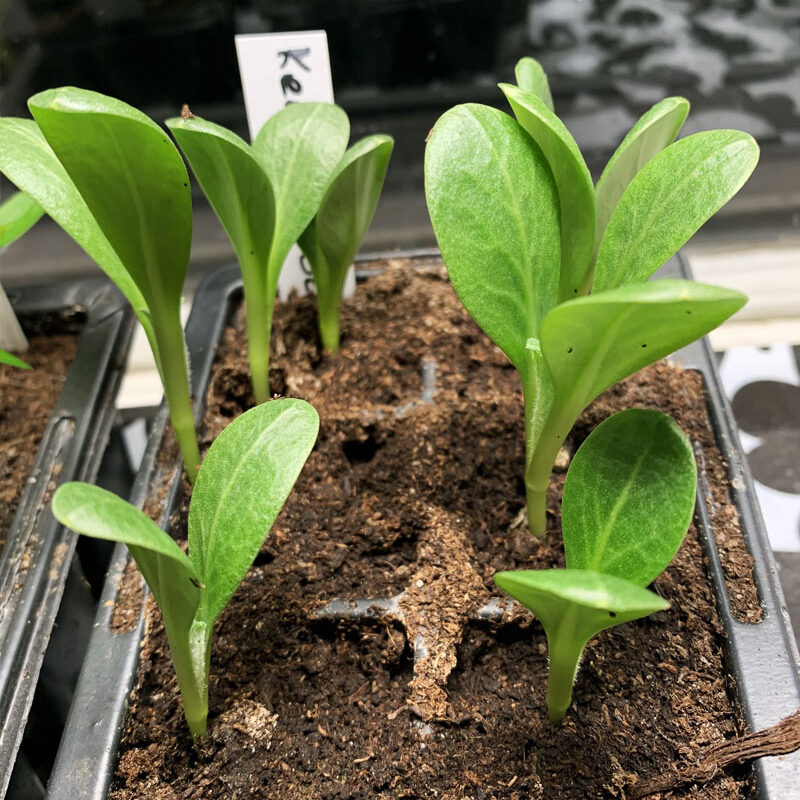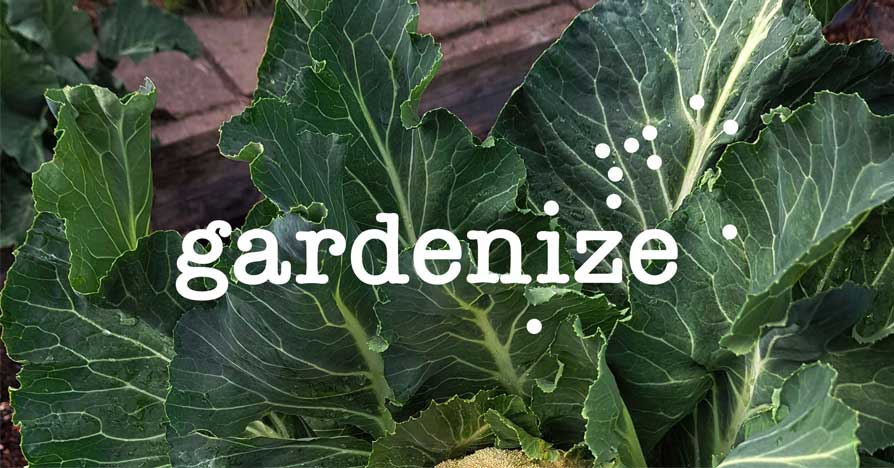What to do in in the garden in April
As spring fully takes hold across the United States, gardeners are gearing up for a season of growth and renewal. Whether you’re still thawing out from a chilly winter or basking in the mild temperatures of the south, April is a time of excitement and activity in the garden. Here’s a roundup of gardening tasks to consider, tailored to various regions.

General Garden chores in April
- Prepare new planting areas by clearing debris and weeds.
- Work compost into the soil for added fertility.
- Start seeds indoors for warm-season crops like peppers, tomatoes, and cucumbers.
- Transplant cold-hardy crops like broccoli, kale, and lettuce into the garden.
- Prune flowering shrubs after their blooms fade to encourage healthy growth.
- Protect tender young plants from late frosts or unexpected temperature drops.
- Harvest cool-season crops like spinach, radishes, and peas as they mature.
Vegetables and herbs to plant in April
Adjust planting times based on your region’s last frost date. Work backward from this date to determine when to plant. Here’s a general guide for different crops. No matter where you find yourself gardening in the United States, April is a time of rejuvenation and growth in the garden. Embrace the season and make the most of this exciting time for plant growth and abundance.
EARLY APRIL
Indoor Seed Starting:
- Peppers
- Tomatoes
- Cucumbers
Direct sow:
- Radishes
- Carrots
- Spinach
- Lettuce
- Peas
MID-APRIL
Direct Sow:
- Beans
- Corn
- Zucchini
Transplant:
- Broccoli
- Cauliflower
- Cabbage
LATE APRIL
Direct Sow:
- Cucumbers
- Squash
- Pumpkins
Plant:
- Basil and other herbs
Gardenize app tips
1. Note the last day of frost if you have one where you live. This will help you when you are planning on waking delicate plants from winter rest in the future.
2. Check your perennials and take photos of where they are growing, note under “Events” . You do not want to make the mistake of digging them up by mistaking them for weed!
3. Document your soil improvements, what, where and when. Later you can go back to check which ones worked best and which ones did not work.
Mid-Atlantic (USDA Zone 5-7)
In April, this region experiences warming temperatures and occasional mild days.
- Begin sowing seeds indoors for warm-season crops like tomatoes, peppers, and eggplants. This gives them a head start before the outdoor planting season.
- As the weather warms up, work on preparing your garden beds by adding compost and other organic matter. This will improve soil structure and provide essential nutrients for your plants.
- Transplant hardy vegetables such as lettuce, spinach, radishes, and peas directly into the garden. These cool-season crops thrive in the slightly cooler temperatures of April.
- Take advantage of the mild weather to prune shrubs and trees, removing dead or damaged branches. You can also divide and transplant perennial plants that have become overcrowded.
Midwest (USDA Zone 3–6)
As April arrives in the Midwest, gardeners are ready to put winter behind them and embrace the growing season.
- Start seeds indoors for tender crops like melons and squash.
- Direct sow hardy vegetables like radishes and lettuce.
- Clean up winter debris and begin applying mulch to control weeds and conserve moisture.
- Check for signs of pests and disease on new growth and take necessary measures.

Northeast (USDA Zone 4–7)
April brings the promise of warmer days to the Northeast, encouraging gardeners to dive into their plots.
- Transplant seedlings of cold-tolerant crops like kale and collards.
- Direct sow peas and spinach as soon as the soil is workable.
- Prepare garden beds for warm-season crops by adding compost and loosening the soil.
- Prune fruit trees before bud break to shape their growth and encourage healthy fruit production.
Pacific Northwest (USDA zone 7–9)
In April, this region begins the spring gardening season with warming temperatures and occasional mild days. It’s an ideal time to plant cool-season crops, prepare garden beds, start warm-season seeds indoors, and prune and shape plants for healthy growth.
- In April, you can sow or transplant cool-season vegetables like lettuce, kale, broccoli, and peas. The milder temperatures provide an ideal environment for their growth.
- Take the time to prepare your garden beds by adding compost and organic matter. Well-amended soil ensures healthy plant growth and improved drainage.
- Begin planting seeds indoors for warm-season crops like tomatoes, peppers, and squash. These plants will be ready for transplanting once the risk of frost has passed.
- Trim back overgrown shrubs and trees to encourage healthy growth. Focus on removing dead or diseased branches and shaping plants for a neat appearance.

Pacific West Coast (USDA zone 7-11)
On the West Coast, April brings the full force of spring, with blossoms and greenery abounding.
- Plant warm-season crops like tomatoes, peppers, and eggplants in well-draining soil.
- Transplant young citrus trees into larger containers or directly into the ground.
- Prune roses and other flowering shrubs to encourage healthy growth and blooms.
- Divide overgrown perennials to rejuvenate their appearance and promote better growth.
Southwest (USDA zone 4-7)
April ushers in warmer temperatures for the Southwest, signaling the start of a productive gardening season.
- Direct sow beans, squash, and melons as the soil warms up.
- Transplant herbs like basil and cilantro into garden beds or containers.
- Harvest cool-season crops like lettuce and spinach before they bolt in the increasing heat.
- Water deeply and less frequently to encourage plants to develop deep root systems.
Southeast (USDA 6–11)
April brings moderate temperatures and blooming landscapes to the Southeast, sparking a surge of gardening activity.
- Transplant tomato and pepper seedlings into the garden as the risk of frost diminishes.
- Direct sow beans, corn, and okra once the soil is sufficiently warm.
- Prune spring-blooming shrubs after they finish flowering.
- Fertilize established plants with a balanced fertilizer to support their growth.
GARDENIZE GARDEN APP
A gardening friend with a green thumb and photographic memory
Gardenize is an app for gardening and cultivation that helps you to overview, understand and develop your garden and your gardening skills. With an overview it’s easier to succeed and Gardenize structures information and photos and makes it searchable for you. You also get tips and inspiration from other Gardenizers around the world.
Gardenize is free to use with its basic functions and you can download Gardenize from the App Store or Google Play, or create an account the Gardenize web app for web browsers. Get to know Gardenize better here.



